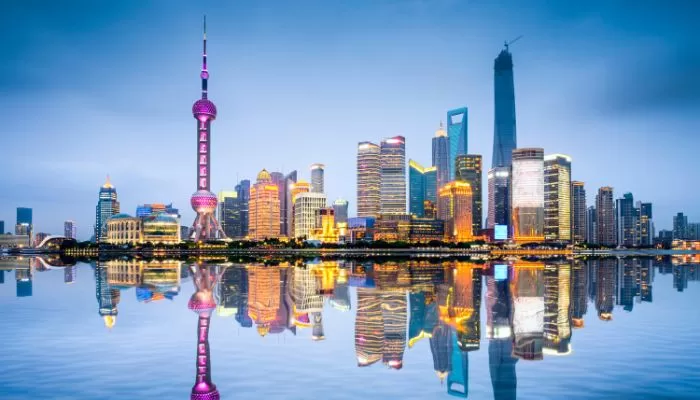Lifestyle
A Glimpse into China’s Vision for the Future of Urban Living

China has been going through the largest cityward movement of people in recent times. Around seven hundred million individuals have shifted to the cities since the start of economic reformation in 1978. The urbanization rate thus increased from less than a fifth to two-thirds. This particular trend will continue as hundreds of millions more will follow suit over the next decade.
According to the latest China news, the quick pace and extraordinary scale of urbanization is restructuring the country’s overall physical environment, creating challenges as well as opportunities for China’s sustainable development. The stakes are quite high – how China will develop due to urbanization will impact its citizen’s standard of living, national emissions, social equity, etc. Simply put, China’s development prospects and climatical obligations depend on making the cities equitable, inclusive, and ecologically sound.
Fortunately, this mass movement into the cities was an integral part of China’s long-term vision. It has contributed a lot to the prosperity of the nation and eliminated poverty. Between 2000 and 2022, the population in urban areas doubled and the GDP grew five times, 95% of which was due to cities.
To learn more about China’s vision for comprehensive urban planning, please check out the rest of the write-up now.
The Future of Urban Living in China
Despite the phenomenal urbanization trend and increasing number of individuals who reside in cities, almost all the urban population is unjustifiable. This includes rural migrant laborers, who belong to one-third of the urban workforce but hardly have any access to the fundamental services in cities.
With gigantic cities mounting and new cities emerging, urban planning will be crucial to bridge the gap between the poor and rich, especially registered and non-registered residents. Urban planning can accomplish this by guaranteeing equitable access to land, sanitation, housing, transportation, and energy.
The five-year plan the Chinese government formulated relaxed or at times lifted the long-existing registration system in the non-mega cities. The registration system identifies an individual as a permanent resident of a specific region, which is needed to avail services such as healthcare and education. Modifications to the registration system is a substantial signal to approximately 280 million migrant laborers in China who are not permanent residents of the cities they work in and therefore have restricted access to the services in cities.
In terms of policy, the five-year plan asks the authorities to regulate social insurance and enhance access to compulsory education, public services, medical care, housing security, etc. It even includes policies and actions for fiscal sectors like requiring more incentives and funds to attract doctors and teachers to the underprivileged areas. This will connect incentive funds and local budgets with rural population and their needs. Furthermore, this plan considers urban renewal as the key force for urban development, assuring to renovate hundreds of ancient communities in towns and cities.
The latest China news showed that advanced cities such as Shanghai and Beijing are also building fifteen-minute community circles to follow the national one. These circles are communities that offer all core services within a fifteen minute walk. They are treated as basic units as city planners. These units provide amazing convenience in mega city such as Shanghai, where the population exceeded 27 million. Additionally, the units are ideal for vulnerable people who do not have personal vehicles. The people can open shops and startups in a systematic manner that decreases emissions.
Bottom Line
The Report on World Resources revealed plenty of actions required for creating equitable cities all across the globe. Even though sector-specific approaches are a great start, they are enough to set free the potential of cities, encourage people-centered urbanization, and meet the targets of China’s five-year plan.
To achieve the targets, China will require the following –
- Policies that have gone beyond remote sectoral thinking.
- Cooperation and integrated solutions from the sub-national and national actors.
- Consistent data sources to evaluate and record performances throughout the nation, specifically on low-carbon transitions.
The 14th five-year plan enables the cities to take determined actions and move towards a net-zero inclusive and resilient urban spaces. With restricted time, city leaders and governments need to create detailed measures to achieve not only the urban plan but also China’s development and climate goals.






















































